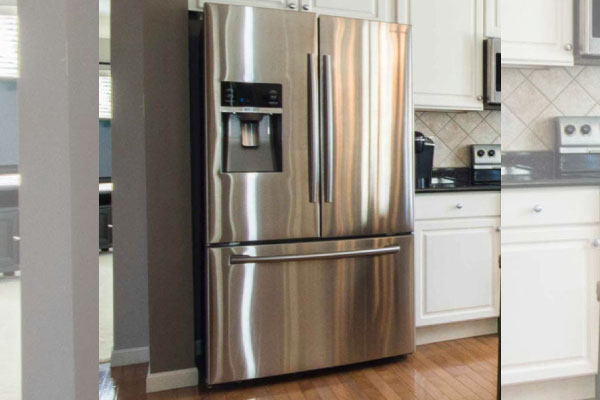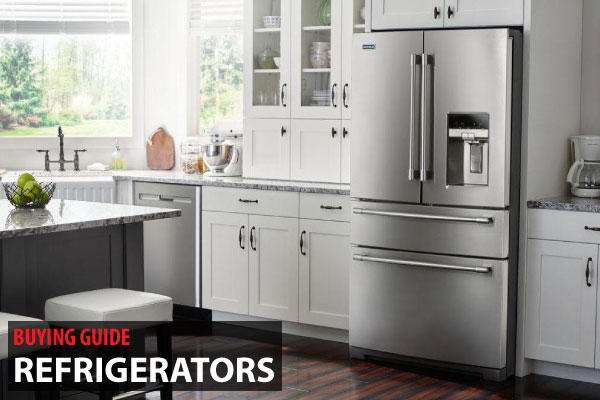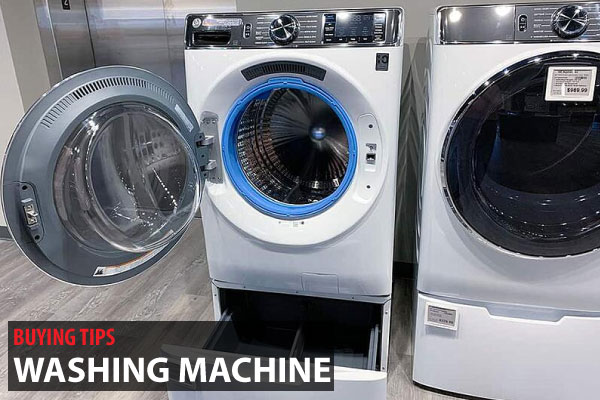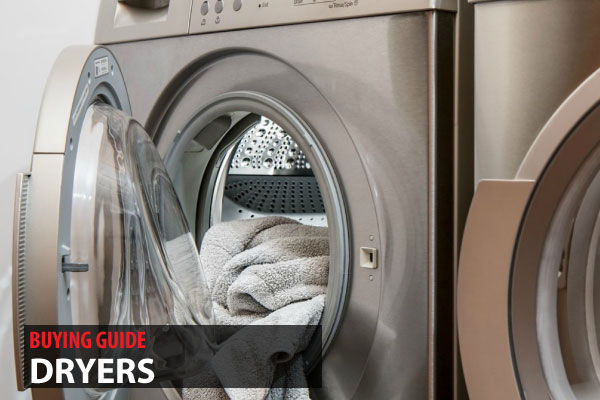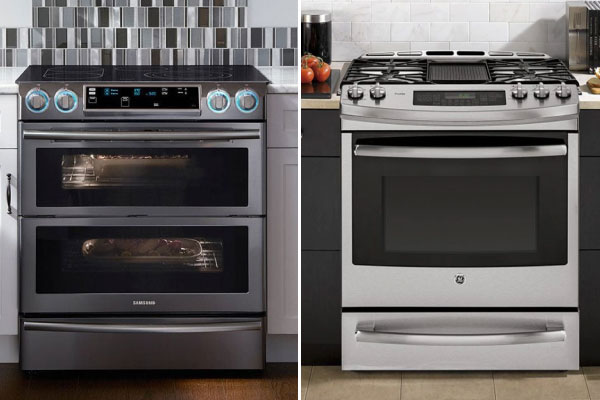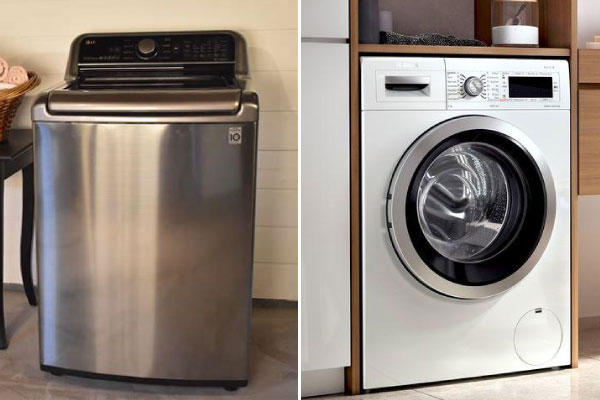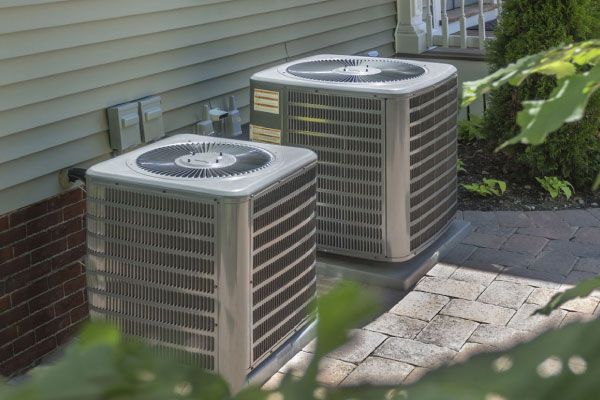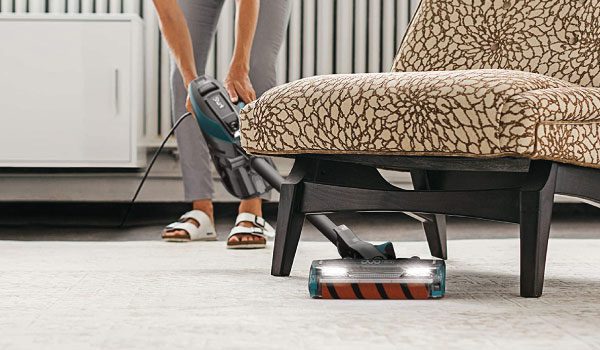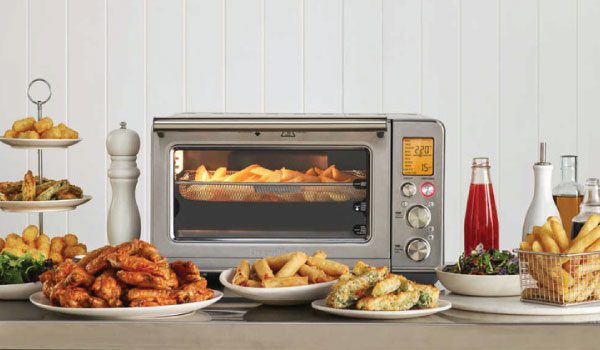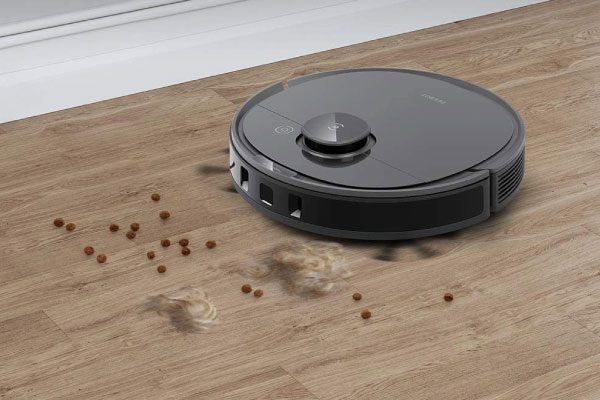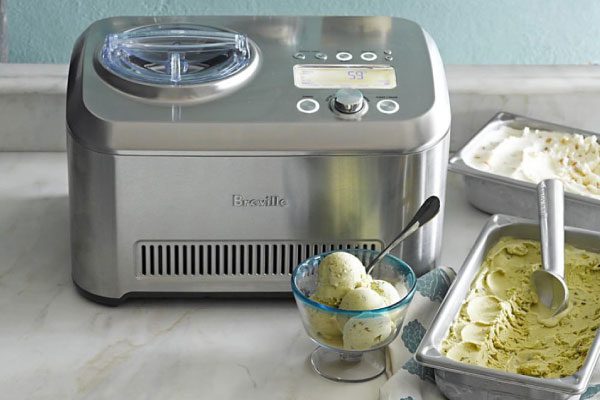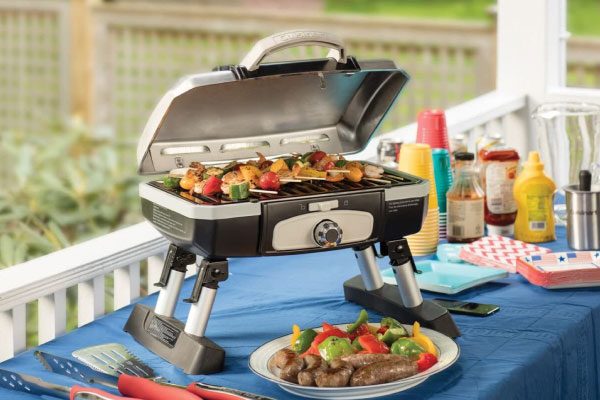Difference Between Septic Tank and a Leach Field
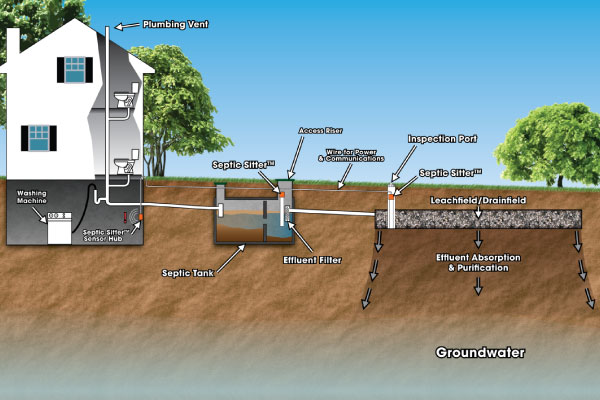
For effective disposal and treatment of sewage, you need the septic system. Though the septic tank and the leach field are different in some areas, at to the way septic tank react to the bacterial, and the way the way the liquids are absorbed by the soil in the leach field but they do a single work of sewage disposal.
Purpose
A septic system could be used to in places without sewage system to dispose human waste. It could be stored in there until you get ready to dispose it properly. Leach field provides a good means of disposing contaminates safely.
Construction
Septic tanks can come in either a steel box or a concrete construction. It is placed about 10 feet under the ground. Through the distribution box, septic tank and leech field are connected. The building paper and the gravel which is used during the laying of the leech pipe serves as soil filter to enables the soil absorb the effluent.
Safety
Some soils are not suitable for a leach field because it may not be able to absorb the effluent. Therefore, before a leach field is constructed, a professional soil technician will have to run percolation test on the soil to determine its ability to absorb effluent. Also, it is important to take the leech field about 100 feet away from a pond or well.
Maintenance
The septic tank needs regular maintenance because solid waste may form sludge over time and block the system. The system needs to be flushed at least every two years but you should not use hazardous chemicals while doing that because the chemicals will kill the bacterial in charge of breaking down the solid waste. Also, you can cause serious damage to the septic tank or the leech field if you drive heavy vehicles over it.
Usage
Over 26 million American homes get the services of the decentralized water treatment system. This is why you must first consider if the land is suitable for septic system before building in the rural area. If you have sufficient land, then you family has nothing to worry about when it comes to waste disposal.
Will it cause any problem to place an above-ground pool on the septic system?
There is always this temptation of making use of the extra space on the septic tank maybe for an above ground pool especially when you do not have enough space. But this may cause some problem.
Weight
It is advised that you should not drive heavy vehicles over the septic tank or park your vehicle on it because of the weight of the car so as to avoid damaging the tank or the pipe. Now, having an object like your above-ground pool which has in excess more weight than your vehicle will definitely cause great damage to the system.
Compaction
A soil that is tightly compacted will not allow proper drainage of waste and water. above-ground pool has the ability to compact the soil because of the weight. If you tank eventually gets filled, you have a problem with your home drains until you pump your tank.
Flooding and Chlorine
The pool water is treated with chlorine and the chemical is harmful to the bacterial that helps the soil break down the waste in the septic tank. When there is a leakage in the pool, the pool water containing the chemical will spill on the tank and into it and will cause some damage.
Oxygen
The soil needs oxygen to process the waste properly. The bacterial in the tank may not need oxygen because they are anaerobic, but the ones that does the final processing in the soil needs oxygen to carry out their work effectively. They septic tank needs some ventilation to avoid getting swampy but the above ground pool prevents that.
Crawl Space Requirements
The crawl space of a house may be considered as important as the foundation of the house. This is why there is a standard regulation to the condition and quality of it by the FHA and the Veterans Administration. Crawl space of the house is not as deep as a basement and one might not be able to stand upright inside it. However, it makes the duct work and the plumbing work in the house easy.
The requirements of Veterans Administration and FHA
These agencies see that every home meets up with the basic living necessities. They make sure that every house has a good ventilation, water and heat supply, the right square footage and electricity among others. For home loans and sale, a house inspector will have to take the entire requirement into account and ensure that the house meets the requirement.
Sump Pumps
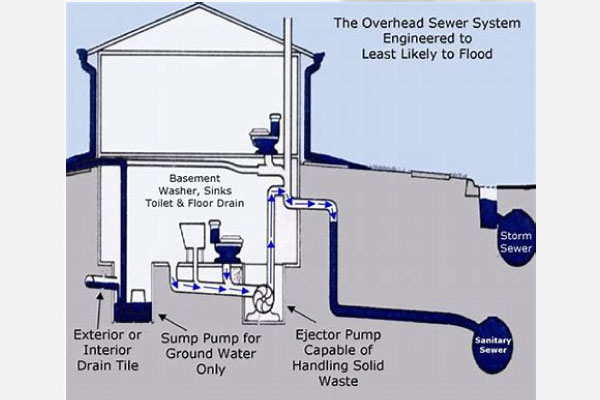
The house must have a functional sump pump which is sourced from electricity and is hardwired. There should not be any water pond found especially in the crawl space of the house otherwise, the property is likely to be rejected and not approved for purchase.
Adequate Access
Crawl space should have a means of going in and out of it both from inside and outside the house. This will be among the things to be inspected in the house and it will be reported in the appraiser.
The Debris, average height and wood rot
No debris should be found in the crawl space and a minimum height of about 18 inch should be given between the ground surface and the floor joists. And wood rot areas should be removed.
Dampness
There is a need for a cross-laminated polyethylene to keep away alkaline soil. The crawl space need to be dry at all time. A vapor barrier will help to ensure that the crawl space is always dry.
Ventilation
in cold weather, the crawl space might have damp soil and limited air circulation because of the evaporation from the soil. House owner resorted to installing vents to keep the crawl space ventilated. However, this is not the case with some houses now because they do not require installing vent in their crawls space to aid air circulation. Other measures are being adopted.
The functioning of a septic chlorination system
Understanding the Septic System
The septic system does not work like the sewer system. Only your home makes use of the septic system. The septic system is usually made up of two parts. The tank part which is usually constructed with steel, concrete or polyethylene and it is where all the solid waste is trapped. The second part is leech field where the liquid waste gets into. It is good to pump your septic tank from time to time in order to keep it clean and ensure that the pipe is not blocked by waste. Basically it can take up to two years before your tank will need a pump. However, it depends on the amount of solid waste that goes into it.
Chlorination Process
Your septic system needs to be disinfected otherwise; your family will run a high risk of getting infected by some bacterial. A chlorine canister is attached to the system to help disinfect the system. You will need to ensure that the disinfectant goes round the septic system even after you have pumped or flushed the system.
Calcium Hypochlorite
Chlorine used for pools can easily kill the essential bacterial which is need by the soil to absorb liquid waste. In place of chlorine, calcium hypochlorite should be used because it is less harmful to vegetation and grasses.

